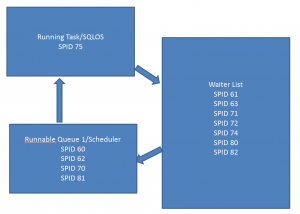SQL Server Analysing Database Trends and Setting up DBA Alerts
In this post let’s discuss how to Set-up internal data warehouse to analyse trends of databases Growths in SQL Server and DBA alerts for Maintenance and diagnosing SQL Servers.
The important information which are important for analysing the Database growth and Disk sizes growth etc. Can be captured to a central location for analysing the trends. A DBA is responsible for analysing the trends in SQL Server and providing management the relevant information on like expected growth of the Server/Database, Resources needed going further. If necessary a DBA will be involved in Archiving the older data into another server for various reasons like database growth, database table sizes, query performance etc.
DBA should set up … Read the rest

